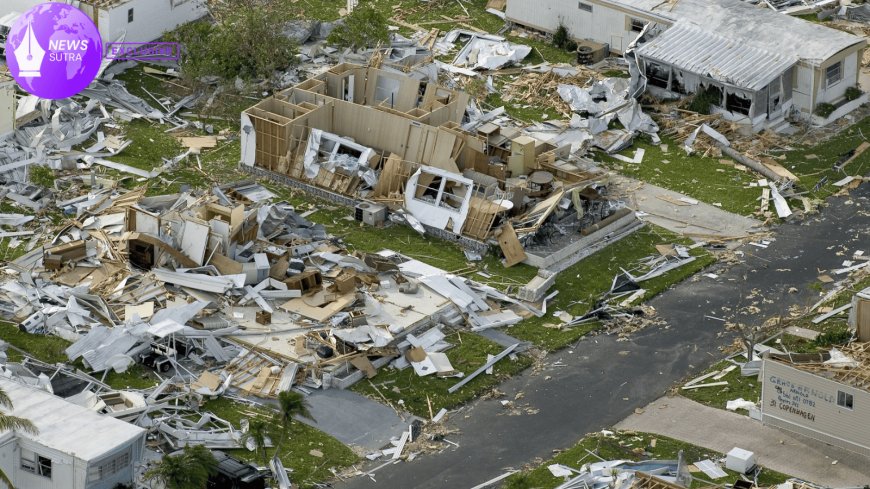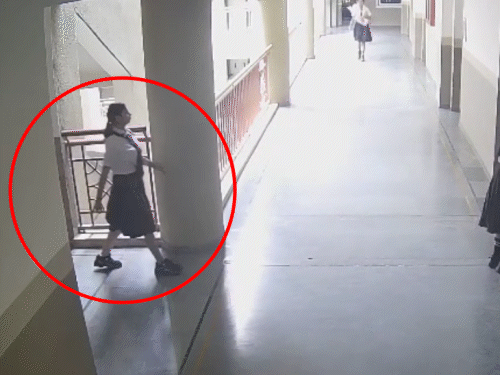Hurricane Aid in America: A County-by-County Look at Where Recovery Funds Really Go
A county-by-county breakdown of U.S. hurricane recovery funds reveals where federal aid truly goes — and the gaps that leave vulnerable communities behind.

Every hurricane season, federal and state governments promise billions of dollars in disaster recovery funds to rebuild communities. But how exactly is this money spent? And do the hardest-hit counties really receive the support they need?
A closer county-by-county breakdown of hurricane recovery funding in the U.S. reveals deep disparities, bureaucratic delays, and uneven prioritization of aid. While wealthier counties often bounce back quickly, poorer rural communities are left waiting months — sometimes years — for the same level of assistance.
This investigation dives into how aid is distributed, where inefficiencies lie, and why America’s hurricane recovery system is facing a crisis of trust.
Billions Promised, But Who Gets the Money First?
When a hurricane strikes, the Federal Emergency Management Agency (FEMA) steps in as the primary distributor of federal recovery funds. These funds include:
-
Individual Assistance (IA): Money for households that lost homes or belongings.
-
Public Assistance (PA): Grants to repair roads, schools, utilities, and public infrastructure.
-
Hazard Mitigation Funds: Preventative projects like stronger levees or stormwater systems.
On paper, this structure looks fair. But the reality is far more complex.
A study of Hurricane Harvey’s recovery in Texas showed that Harris County (home to Houston) received nearly 40% of the state’s FEMA allocation, while smaller surrounding counties such as Liberty and Chambers struggled with prolonged delays. The explanation? Larger counties have the resources, personnel, and political leverage to file faster, more comprehensive claims.
The County Divide: Who Benefits and Who Waits
In Florida, after Hurricane Ian (2022), counties like Lee and Collier were at the center of media coverage. Unsurprisingly, they saw faster and larger disbursements of federal dollars. Yet neighboring inland counties, including Hendry and DeSoto, faced bureaucratic obstacles.
This disparity is not unique to Florida. Across the U.S., urban counties with established disaster management offices typically secure funds faster, while rural counties — often hit just as hard — lack the staffing to navigate FEMA’s complex paperwork.
A 2023 Government Accountability Office (GAO) report found that over 20% of approved funds nationwide remained “unspent” two years after major hurricanes, leaving entire communities in limbo.
Why the Gaps Exist
Several factors explain these gaps:
-
Administrative Capacity: Wealthier counties hire consultants to prepare FEMA applications. Poorer counties rely on small local offices.
-
Political Influence: Counties with greater political visibility often receive priority attention.
-
Complexity of Rules: FEMA guidelines stretch into thousands of pages, making compliance challenging without legal or financial expertise.
-
Delayed Infrastructure Contracts: Even after funds are approved, counties wait months to secure contractors for rebuilding.
The result is a system where two families, both losing their homes in the same storm, may face completely different recovery timelines depending on their ZIP code.
Case Study: The Long Road in North Carolina
Following Hurricane Florence (2018), New Hanover County received more than $450 million in recovery aid within 18 months. Meanwhile, Robeson County, one of the poorest counties in the state, saw much smaller disbursements despite widespread flooding.
Community leaders argued that federal dollars favored economic hubs while rural, low-income areas were left out. Even today, families in Robeson are still living in temporary housing.
Accountability and Transparency Challenges
Tracking recovery funds is no simple task. While FEMA publishes reports, the data is often difficult for citizens to interpret. Local watchdog groups and journalists have repeatedly called for greater transparency on county-level allocations.
Independent organizations such as the Natural Resources Defense Council and the Government Accountability Office have pushed for reforms, arguing that the U.S. cannot afford to continue “patchwork” disaster recovery models.
The Bigger Picture: Are We Building Resilience or Just Rebuilding?
One of the most pressing questions is whether billions of dollars are truly making communities safer. Critics say the U.S. spends heavily on rebuilding after disasters, but not enough on preventing future damage.
For example:
-
Some counties spend recovery funds to rebuild schools and hospitals in flood-prone areas, only to face repeated damage in subsequent hurricanes.
-
Hazard mitigation programs — like elevating homes or constructing seawalls — are often underfunded compared to immediate infrastructure repairs.
This cycle of “repair, repeat, repair” drains federal budgets and leaves communities vulnerable year after year.
What Needs to Change?
Experts and policy advocates suggest several reforms:
-
Simplify FEMA Applications: Shorter, more accessible forms for counties with limited staff.
-
Equity-Based Distribution: Prioritize aid not just by damage estimates, but also by county income levels and vulnerability.
-
Increase Pre-Disaster Funding: More investment in resilience infrastructure to reduce future aid dependency.
-
Public Dashboards: County-by-county tracking of how every federal dollar is spent, available for citizens to review.
Conclusion
The story of hurricane recovery funds in the U.S. is not just about billions in federal aid — it’s about who gets help first, who waits, and why the system continues to favor some counties over others.
Until reforms bring greater transparency and equity, the cycle of uneven recovery will continue to widen the gap between America’s coastal and inland communities, between its wealthy counties and its struggling ones.
For the families waiting years for promised funds, the hurricane never truly ends.
What's Your Reaction?
 Like
0
Like
0
 Dislike
0
Dislike
0
 Love
0
Love
0
 Funny
0
Funny
0
 Angry
0
Angry
0
 Sad
0
Sad
0
 Wow
0
Wow
0







































































